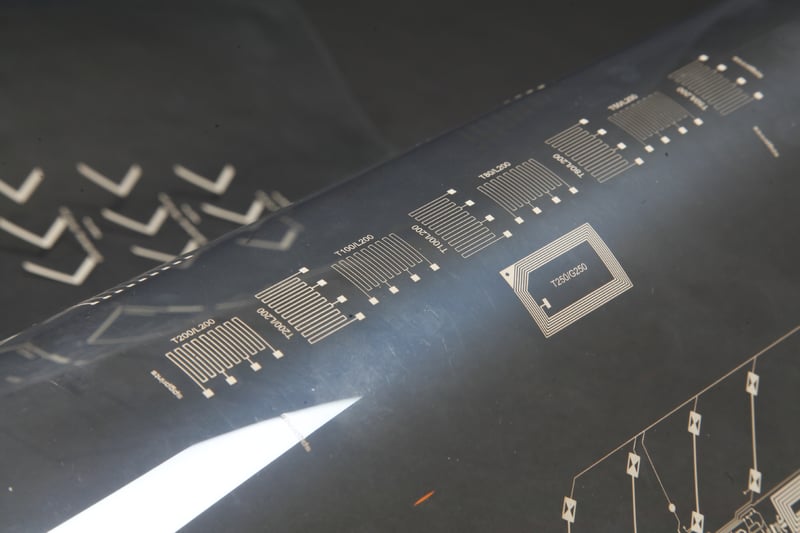Exploring Different Ink Types: Characteristics and Best Uses
Acid Inks
Acid inks are renowned for their vibrant colors, making them ideal for printing on fabrics like silk and wool. These inks create ionic bonds with the fibers, ensuring high color brilliance and durability. They are especially suitable for applications requiring resistance to chlorine and salt water, such as swimwear.
Disperse Inks
Disperse inks are perfect for polyester fabrics. Known for their high color brilliance and wash fastness, these inks excel in applications like sportswear and fashion. They offer superior light-fastness and thermal migration resistance, making them a go-to choice for high-demand textiles.
Sublimation Inks
Sublimation inks are another excellent option for polyester fabrics. Unlike other inks, sublimation inks do not require steaming and washing post-printing, making them one of the most sustainable options. They provide high runnability and are ideal for long, continuous printing sessions.
Pigment Inks
Pigment inks are versatile and can be used on both natural and synthetic fabrics. These inks do not require post-printing processes like steaming and washing, making them a sustainable choice. They are particularly suitable for home textiles and outdoor fabrics due to their high light fastness and durability.
Reactive Inks
Reactive inks are highly popular for cotton and viscose fabrics. They offer excellent color quality and wash fastness, making them a favorite among high-end fashion brands. However, achieving deep black colors can be challenging, requiring precise control over the production process.
Matching Ink Chemistries with Fabric Types for Optimal Results
Selecting the right ink chemistry is crucial for achieving the best print results. The fabric type largely dictates the suitable ink chemistry:
- Silk and Wool: Acid inks are the best choice due to their vibrant colors and strong bonding with the fibers.
- Polyester: Both disperse and sublimation inks are suitable, with disperse inks offering higher wash fastness and sublimation inks providing sustainability benefits.
- Cotton and Viscose: Reactive inks are ideal for these fabrics, ensuring high color quality and wash fastness.
- Blended Fabrics: Pigment inks are versatile and can be used across various fabric blends, offering flexibility and cost-effectiveness.
Step-by-Step Guide to the Digital Textile Printing Process
The digital textile printing process involves several key steps, each critical for achieving high-quality results:
- Pre-treatment: The fabric is pre-treated to prepare it for printing. This step involves applying chemicals that improve ink adhesion and color brilliance.
- Printing: The design is printed onto the fabric using an inkjet printer equipped with the chosen ink type.
- Fixation: Depending on the ink type, the printed fabric may need to be steamed (for acid, disperse, and reactive inks) or cured (for pigment inks) to fix the ink into the fibers.
- Washing: Post-print washing is necessary for acid, disperse, and reactive inks to remove any unfixed dye and pre-treatment chemicals.
- Finishing: The final step involves applying any post-treatments to enhance the fabric's properties, such as softness or additional color fastness.
Evaluating Total Cost of Ownership and Environmental Impact
When selecting digital textile inks, it's essential to consider the total cost of ownership (TCO) and environmental impact. While low-cost inks may seem attractive, they often result in higher long-term expenses due to issues like printhead clogging and lower print quality.
- Runnability and Durability: High-quality inks ensure smooth operation and reduce downtime, thereby lowering maintenance costs.
- Purification and Milling: Superior inks undergo rigorous purification and milling processes, enhancing their performance and lifespan of the printheads.
- Energy and Water Consumption: Inks like sublimation and pigment inks reduce the need for steaming and washing, thereby saving energy and reducing water usage.
Leveraging Expert Support and Technical Services for Seamless Printing
Choosing the right ink is just one part of the equation. Leveraging expert support and technical services can significantly enhance your printing operations. Look for suppliers who offer comprehensive service agreements, including installation, training, spare parts, and long-term support. This ensures that your equipment runs optimally, delivering consistent high-quality results and maximizing uptime.
In conclusion, selecting the best digital textile inks involves a careful balance of understanding fabric types, ink chemistries, and the specific needs of your production process. By considering factors like TCO, environmental impact, and leveraging expert support, you can achieve superior print quality, operational efficiency, and sustainability.



